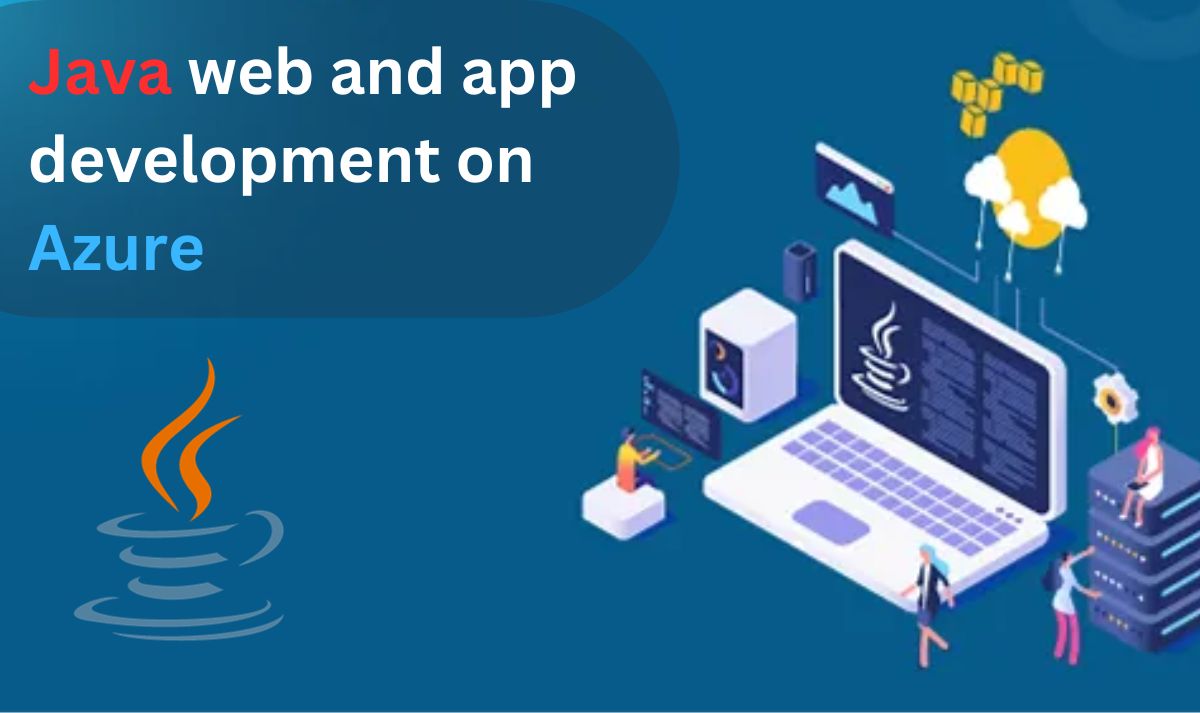
In the rapidly evolving landscape of cloud computing, the synergy between popular Java frameworks and powerful cloud platforms is reshaping the way developers approach application development. Azure Spring Boot, a collaboration between Microsoft's Azure cloud services and the widely adopted Spring Boot framework, is at the forefront of this transformative wave. This article dives deep into the integration of Azure and Spring Boot, exploring how this powerful combination streamlines Java development, accelerates deployment processes, and enhances the scalability and reliability of applications.
Chapter 1: The Rise of Cloud-Native Development
1.1 Understanding Cloud-Native Architecture
An introduction to the principles of cloud-native architecture and its significance in modern software development. We'll explore how Azure Spring Boot aligns with these principles to provide a seamless cloud experience for Java developers.
1.2 The Evolution of Java in the Cloud
A historical overview of Java's journey to the cloud, highlighting the challenges developers faced in transitioning traditional Java applications to cloud environments. We'll touch upon the pivotal role played by frameworks like Spring Boot in simplifying this migration.
Chapter 2: Spring Boot and Azure: A Harmonious Integration
2.1 Unpacking Spring Boot
A brief review of the Spring Boot framework, its core features, and its role in simplifying Java development. We'll delve into how Spring Boot promotes convention over configuration and accelerates the development of production-ready applications.
2.2 Azure Services for Java Developers
An overview of the Azure cloud platform, emphasizing its services catered specifically to Java developers. We'll explore Azure's support for various Java frameworks and libraries, setting the stage for a seamless integration with Spring Boot.
Chapter 3: Getting Started with Azure Spring Boot
3.1 Setting Up Your Development Environment
A step-by-step guide on configuring your development environment for Azure Spring Boot development. We'll cover the installation of necessary tools, SDKs, and extensions, ensuring developers have a smooth onboarding experience.
3.2 Creating Your First Azure Spring Boot Project
A hands-on tutorial on creating a basic Azure Spring Boot project. We'll explore the essential project structure, configuration files, and demonstrate how to leverage Azure services within the Spring Boot application.
Chapter 4: Leveraging Azure Services with Spring Boot
4.1 Azure Database Integration
Exploring how Spring Boot seamlessly integrates with Azure databases, such as Azure SQL Database and Cosmos DB. We'll discuss best practices for database connectivity, data modeling, and handling transactions in a Spring Boot application.
4.2 Azure Messaging with Spring Boot
An in-depth look at integrating Spring Boot applications with Azure messaging services, including Azure Service Bus and Azure Event Hubs. We'll explore how to implement asynchronous communication patterns and handle message processing.
4.3 Azure Security Best Practices in Spring Boot
Addressing security considerations when deploying Spring Boot applications on Azure. We'll discuss authentication, authorization, and data encryption, emphasizing best practices for securing Java applications in the cloud.
Chapter 5: Continuous Integration and Deployment with Azure DevOps
5.1 Introduction to Azure DevOps
An overview of Azure DevOps and its role in streamlining the continuous integration and deployment (CI/CD) processes for Spring Boot applications. We'll discuss the key components of Azure DevOps, including Azure Pipelines and Azure Artifacts.
5.2 Setting Up CI/CD Pipelines for Spring Boot
A practical guide on configuring CI/CD pipelines for Spring Boot applications using Azure DevOps. We'll cover build configurations, automated testing, and deployment strategies, ensuring a robust and efficient release process.
Chapter 6: Monitoring and Scaling Spring Boot Applications on Azure
6.1 Azure Monitoring Tools for Spring Boot
An exploration of Azure's monitoring and logging tools, such as Azure Monitor and Application Insights, and their integration with Spring Boot applications. We'll discuss how these tools empower developers to gain insights into application performance and troubleshoot issues effectively.
6.2 Scaling Strategies for Spring Boot on Azure
Guidance on scaling Spring Boot applications horizontally and vertically in the Azure cloud. We'll explore auto-scaling configurations, load balancing, and other strategies to ensure optimal performance and resource utilization.
Chapter 7: Real-world Applications and Case Studies
7.1 Industry Use Cases
Examining real-world scenarios where Azure Spring Boot has been instrumental in solving complex challenges. We'll explore use cases from various industries, including finance, healthcare, and e-commerce, showcasing the versatility of this technology stack.
7.2 Case Study: Migrating a Legacy Java Application to Azure Spring Boot
A detailed case study illustrating the step-by-step process of migrating a legacy Java application to Azure Spring Boot. We'll discuss challenges faced, lessons learned, and the performance improvements achieved through this migration.
Chapter 8: Best Practices and Optimization Techniques
8.1 Best Practices for Azure Spring Boot Development
Summarizing key best practices for developing Spring Boot applications on the Azure cloud. Topics include code organization, dependency management, and considerations for optimizing application performance.
8.2 Optimizing Costs in Azure Spring Boot Deployments
Guidance on optimizing costs associated with running Spring Boot applications on Azure. We'll explore strategies for resource allocation, utilizing serverless architectures, and leveraging Azure's cost management tools.
Chapter 9: Future Trends and Community Contributions
9.1 The Evolving Landscape of Azure Spring Boot
Predicting future trends and developments in the Azure Spring Boot ecosystem. We'll discuss potential enhancements, new features, and how the integration may evolve to meet the changing needs of developers.
9.2 Community Contributions and Collaboration
Highlighting the vibrant community around Azure Spring Boot and the open-source nature of both the Spring Framework and Azure. We'll explore how community contributions shape the roadmap and influence the direction of these technologies.
Conclusion
In conclusion, "Azure Spring Boot: Streamlining Java Development in the Cloud" represents not only a technological integration but a paradigm shift in how Java developers approach cloud-native development. This article has navigated through the foundations, practical implementations, and future considerations of leveraging Azure Spring Boot. As the realm of cloud computing continues to evolve, this powerful combination ensures that Java developers can build robust, scalable, and efficient applications seamlessly in the Azure cloud.







